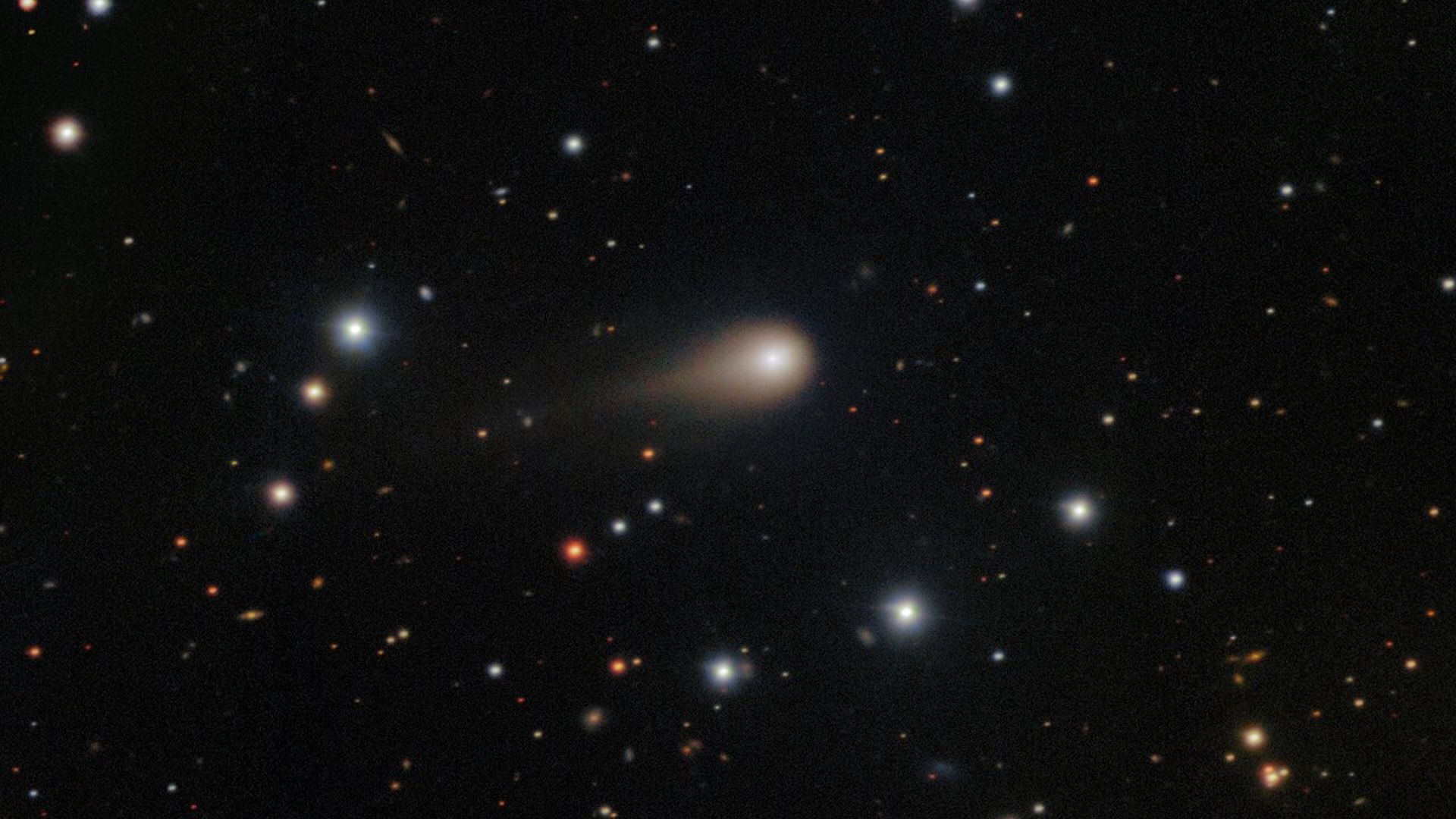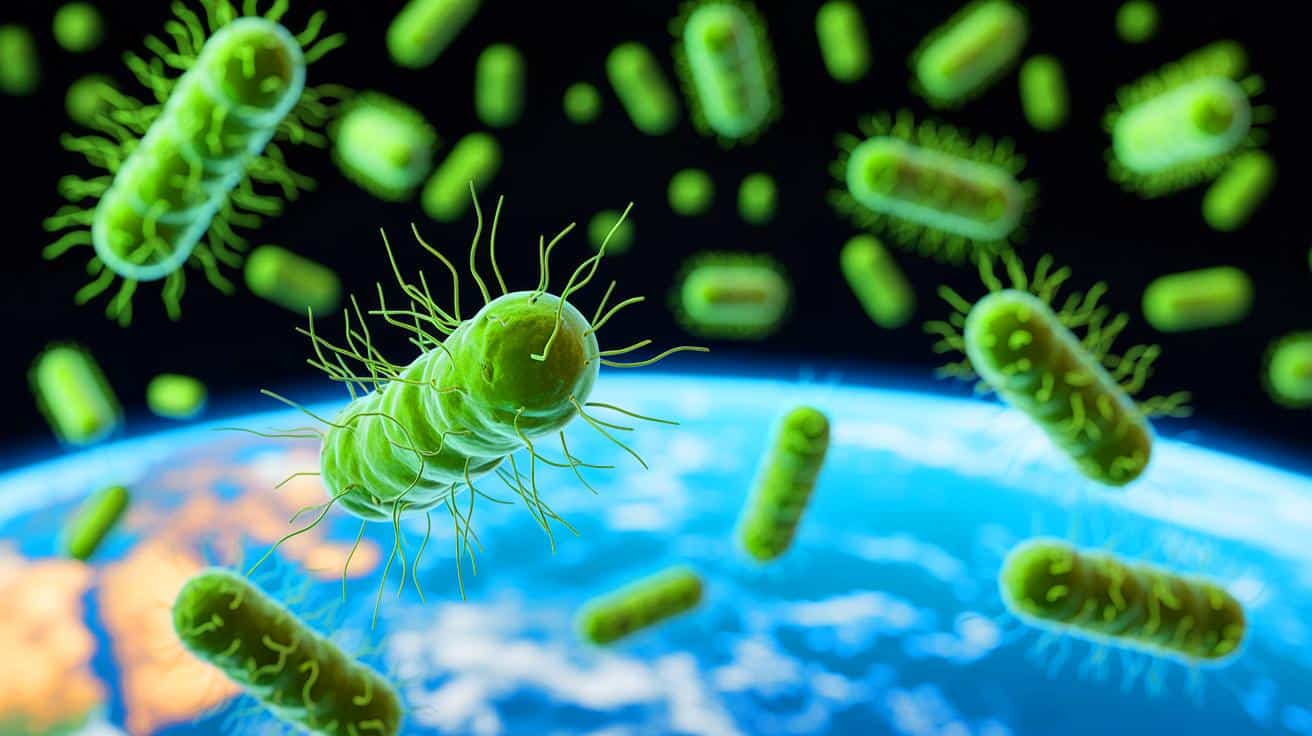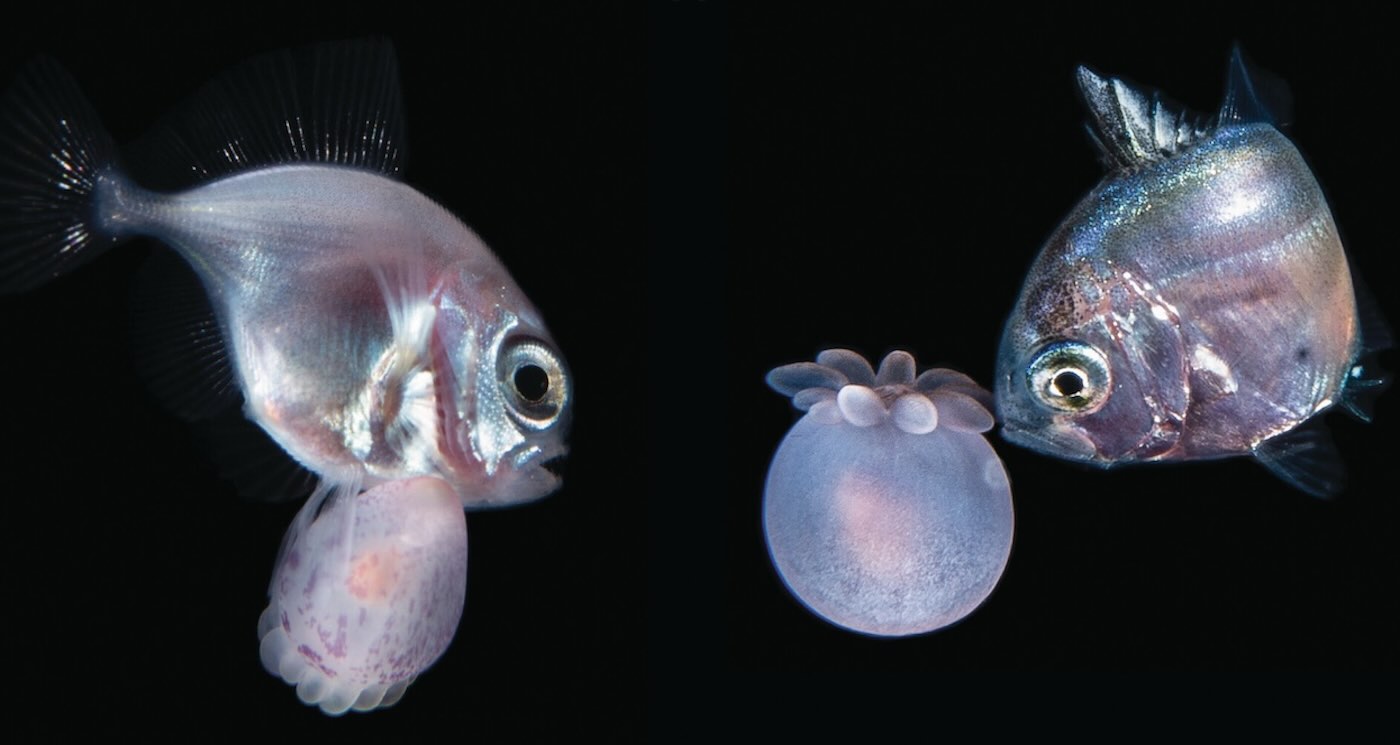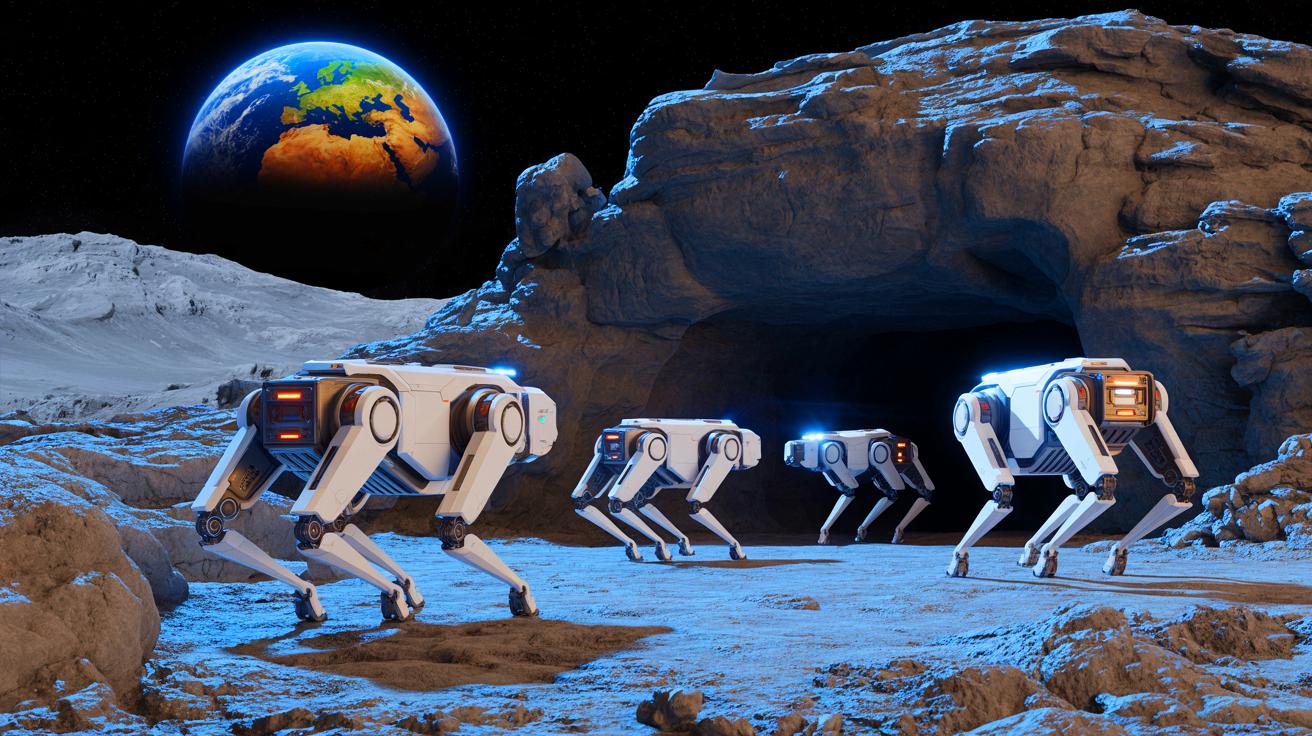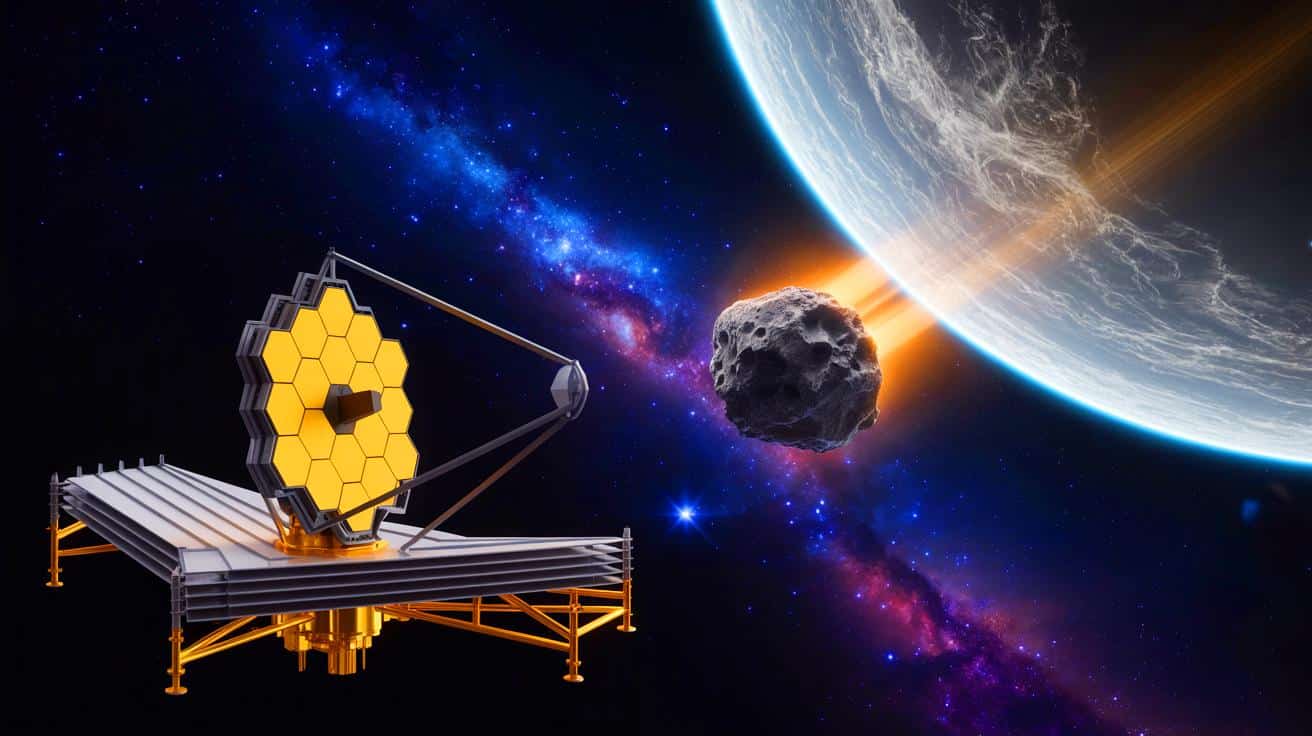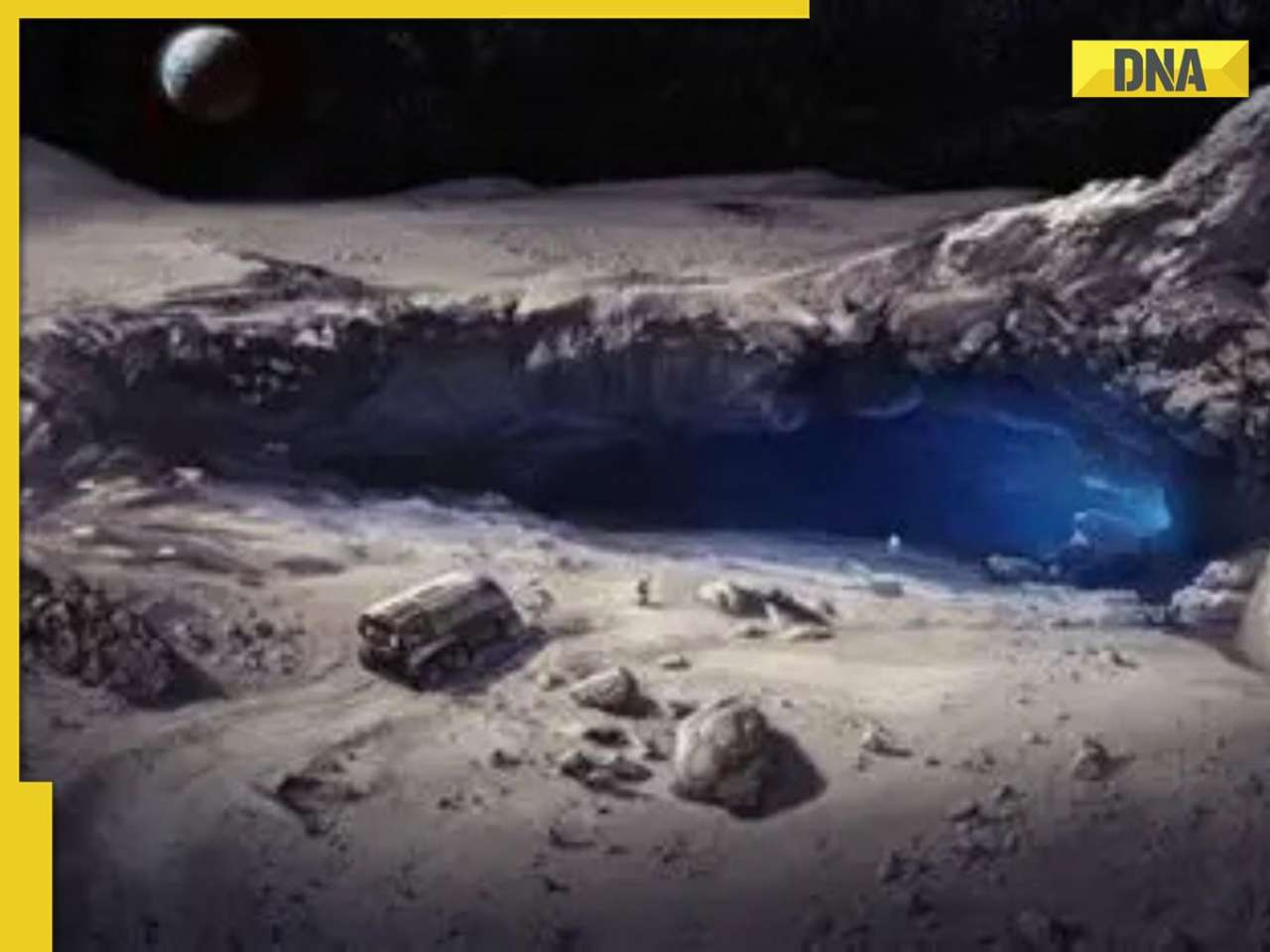Mind-Blowing Discovery: A Rogue Planet Consuming Six Billion Tons of Material Per Second!
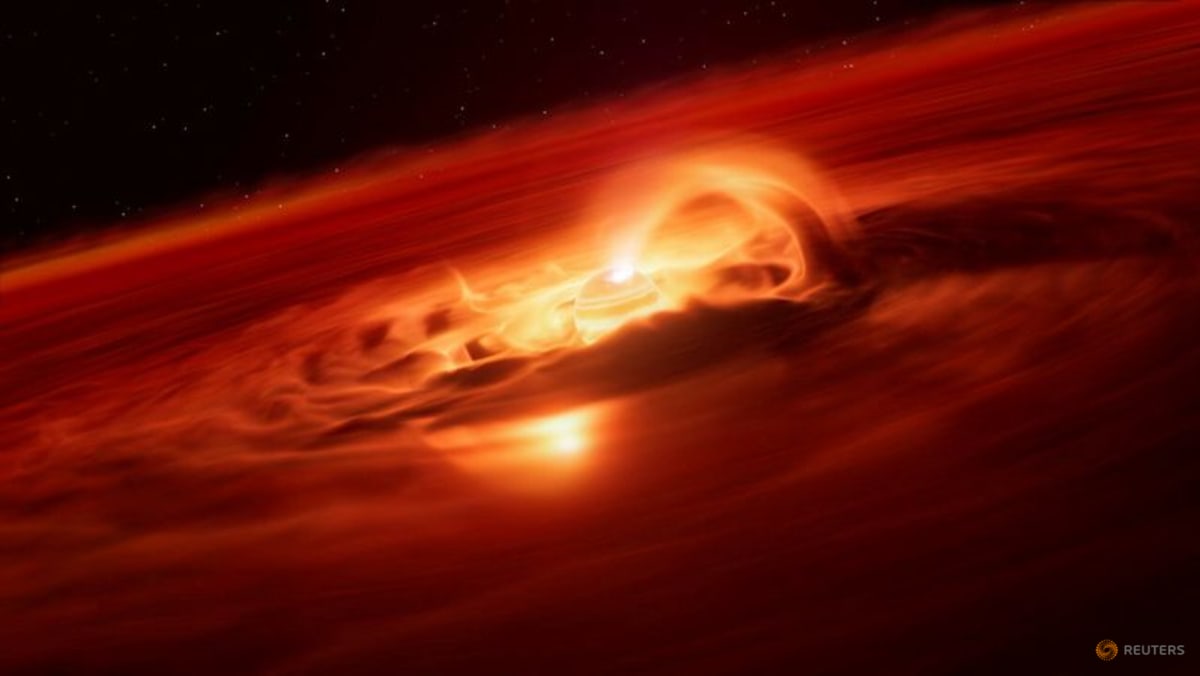
Imagine a planet that roams the cosmos alone, not bound to any star, and it’s currently devouring material at an unfathomable rate. This isn't science fiction; it’s the astounding reality astronomers have uncovered with the rogue planet known as Cha 1107-7626.
Discovered drifting in our Milky Way galaxy, around 620 light-years from Earth in the constellation Chamaeleon, Cha 1107-7626 is a true celestial heavyweight, weighing in at five to ten times the mass of Jupiter, the behemoth of our solar system. But here’s the kicker: at its peak, it has been observed swallowing up gas and dust at a staggering rate of six billion tons per second! That's about eight times more than what researchers recorded just a few months prior.
According to astronomer Víctor Almendros-Abad from the INAF Astronomical Observatory of Palermo in Italy, this intense growth phase parallels some of the most explosive periods seen in star formation. “The outburst we detected is extraordinary,” he said. “It reveals that the same physical processes driving star formation can also occur on a planetary scale.”
Cha 1107-7626 is still in its infancy, being only one to two million years old—practically a toddler in astronomical terms! As it consumes material from a swirling disk of gas and dust, it seems to be in the final stages of its formation, drawing in matter with the kind of strong magnetic fields usually reserved for stars.
This is a groundbreaking moment for astrophysics. While rogue planets, also known as free-floating planetary-mass objects, have been theorized, the mechanics of their formation remain largely shrouded in mystery. Could they form like stars from colliding gases and dust, or do they emerge from protoplanetary disks before being ejected into the void of space? The findings from this study, recently published in the Astrophysical Journal Letters, provide tantalizing clues about how these cosmic loners come into being.
However, it's crucial to note that Cha 1107-7626, despite its impressive size and consumption habits, won’t go on to ignite like a star. Unlike brown dwarfs, which range between 13 and 81 times Jupiter’s mass and can briefly burn deuterium, Cha 1107-7626 will never have enough mass to start hydrogen fusion.
This pivotal discovery challenges our perceptions of planets, highlighting how they can exhibit dynamic behaviors similar to stars during their formative years. “It sort of blurs the line between stars and planets and gives us a sneak peek into the earliest formation periods of rogue planets,” remarked study co-author Belinda Damian from the University of St Andrews in Scotland.
In a universe full of mysteries, Cha 1107-7626 stands as a reminder that the cosmos holds endless surprises, and our understanding of it continues to evolve.


